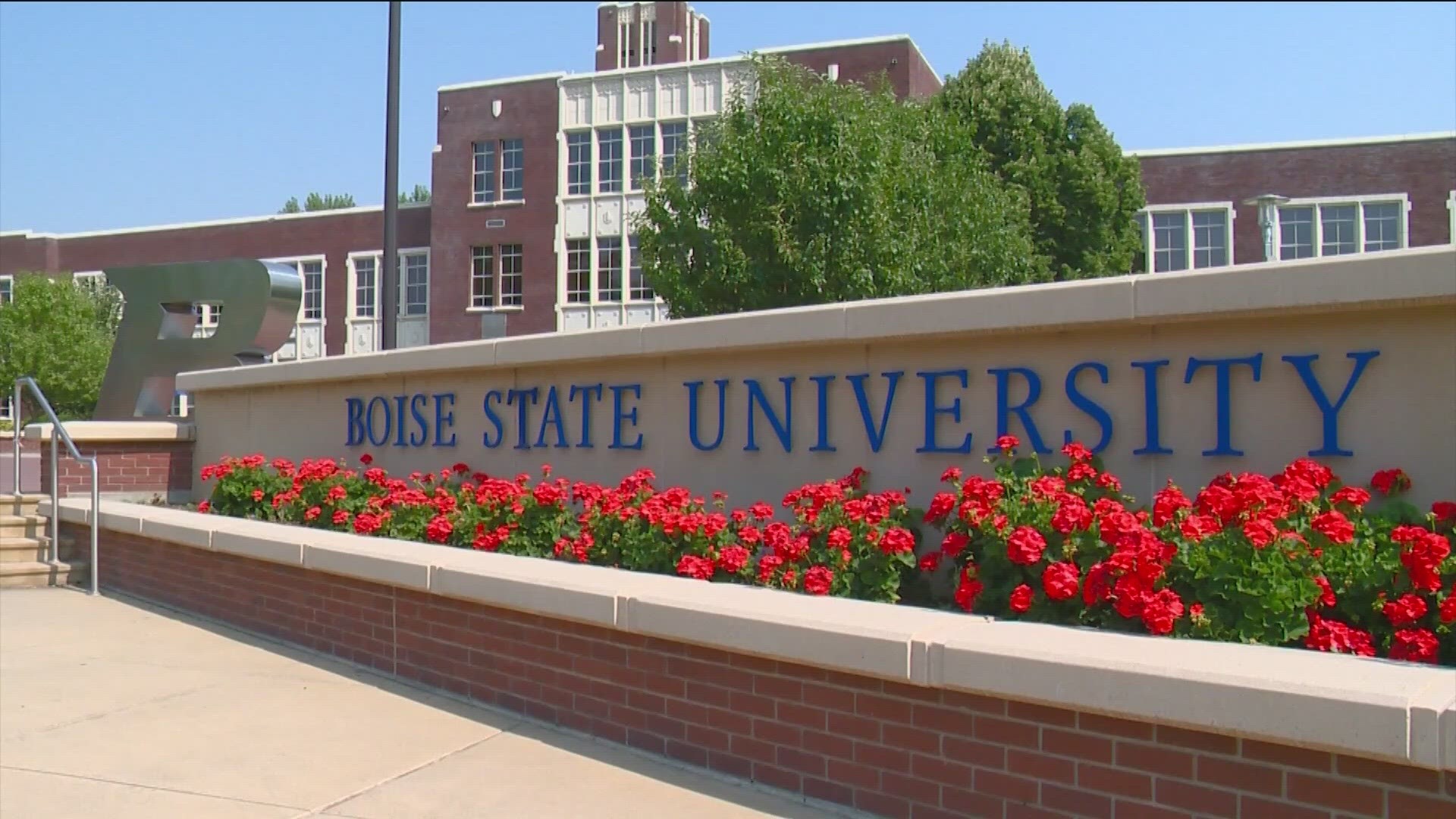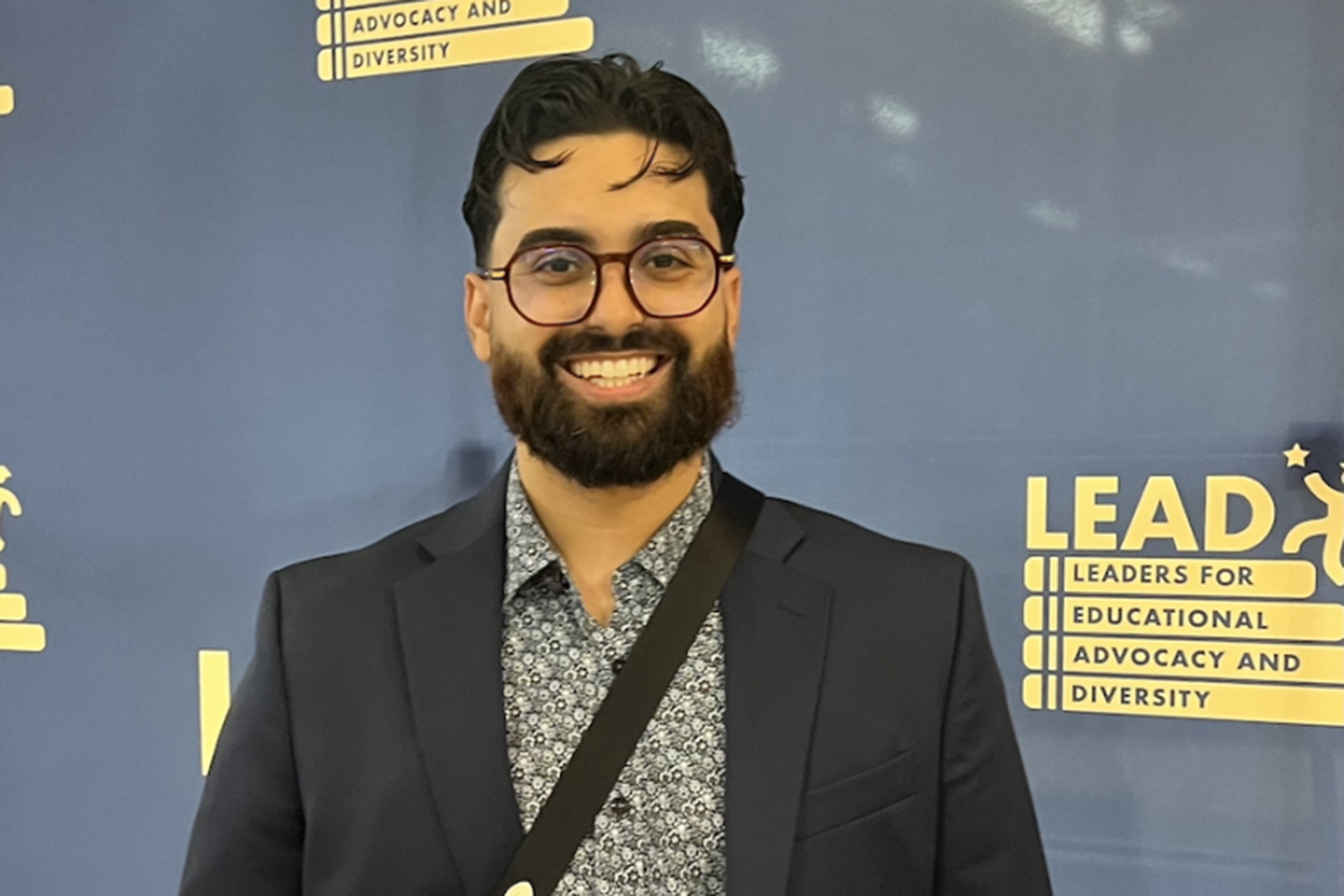How to pay for medical education programs – University of Idaho

Report on Financing Medical Education in Alignment with Sustainable Development Goals
Introduction: Fostering Health and Equity Through Accessible Education
Financing medical and healthcare education is a critical component in the global effort to achieve several Sustainable Development Goals (SDGs). By making professional training more affordable and accessible, institutions can contribute directly to SDG 3 (Good Health and Well-being), SDG 4 (Quality Education), and SDG 10 (Reduced Inequalities). This report outlines common financial strategies for prospective medical students and examines specific programs at the University of Idaho’s School of Health and Medical Professions (SHAMP) that support these global objectives.
Strategies for Accessible and Equitable Medical Training (SDG 4 & SDG 10)
A variety of funding mechanisms exist to reduce the financial barriers to medical education, thereby promoting equitable access (SDG 10) to quality training (SDG 4) for all students.
1. Federal and State Financial Aid
Governmental financial aid programs are foundational to ensuring that higher education in healthcare is accessible. The Free Application for Federal Student Aid (FAFSA) is the primary tool for determining eligibility for programs that support SDG 4.
- Direct Unsubsidized Loans: Available to graduate and professional students, offering manageable repayment plans to foster long-term economic stability.
- Graduate PLUS Loans: These loans cover the full cost of attendance, ensuring that financial constraints do not impede educational attainment.
- State-Specific Financial Aid: Many states offer loan forgiveness and grants to students who commit to working in underserved communities, a direct contribution to SDG 3 by improving healthcare access in high-need areas.
- Work-Study Programs: These programs allow students to gain professional experience while financing their education, supporting SDG 8 (Decent Work and Economic Growth).
2. Scholarships and Grants
Scholarships and grants represent a vital form of non-repayable aid that directly advances SDG 4 and SDG 10. By providing merit-based and need-based funding, institutions like the University of Idaho, through platforms such as ScholarshipUniverse, remove financial obstacles for a diverse student population.
3. Student Loans and Loan Forgiveness Programs
While student loans are a common financing tool, loan forgiveness programs are a powerful policy instrument for achieving public health objectives. These programs incentivize service in public, non-profit, or high-need sectors, directly aligning with the goals of SDG 3 by strengthening the healthcare workforce where it is most needed.
4. Military and Service-Based Scholarships
Service-based programs, such as the Health Professions Scholarship Program (HPSP), provide a pathway for individuals to receive a quality medical education (SDG 4) in exchange for service. This model supports the development of a highly skilled health workforce dedicated to public well-being.
Case Study: University of Idaho’s Contribution to Health and Education Goals
The University of Idaho’s School of Health and Medical Professions provides several financial resources that exemplify a commitment to the Sustainable Development Goals.
Tuition Discounts for Regional Equity: The Western Regional Graduate Program (WRGP)
The WRGP promotes regional cooperation and reduces inequality (SDG 10) by allowing students from member states and territories to access programs like the Doctor of Anatomical Sciences at in-state tuition rates. This significantly lowers the financial barrier to specialized education.
Participating WICHE states and territories include:
- Alaska
- Arizona
- California
- Colorado
- Hawaii
- Montana
- Nevada
- New Mexico
- North Dakota
- Oregon
- South Dakota
- Utah
- Washington
- Wyoming
- American Samoa
- Commonwealth of the Northern Mariana Islands
- Federal States of Micronesia
- Guam
- Republic of the Marshall Islands
- Republic of Palau
Strengthening Healthcare in Underserved Communities (SDG 3)
Two key programs at the University of Idaho directly address the need for healthcare professionals in rural and underserved areas, a core target of SDG 3.
- Idaho WWAMI Program: This partnership provides medical training at an in-state tuition rate and offers over $800,000 in scholarships annually. It focuses on preparing physicians to serve in rural communities, thereby improving health outcomes and reducing regional health disparities (SDG 10).
- Rural Physician Incentive Program (RPIP): This state-administered loan forgiveness program offers up to $100,000 to primary care physicians who practice in Idaho’s health professional shortage areas. RPIP is a direct investment in the health and well-being of underserved populations, fulfilling a key objective of SDG 3.
Conclusion: Investing in a Sustainable Future Through Medical Education
Financial support for medical and healthcare education is not merely an investment in an individual’s career but a strategic investment in global sustainable development. By implementing diverse funding strategies—from federal aid and scholarships to targeted loan forgiveness programs—institutions like the University of Idaho play a crucial role in building a competent and equitably distributed healthcare workforce. These efforts are essential for achieving a future of good health (SDG 3), quality education (SDG 4), and reduced inequalities (SDG 10) for all.
Analysis of Sustainable Development Goals in the Article
1. Which SDGs are addressed or connected to the issues highlighted in the article?
-
SDG 3: Good Health and Well-being
- The article focuses on financing education for medical and health care careers. By making this education more accessible, it contributes to increasing the number of trained health professionals. Programs mentioned, such as the “Rural Physician Incentive Program (RPIP),” directly aim to place these professionals in “rural or underserved communities,” which is crucial for improving health outcomes and access to care for all.
-
SDG 4: Quality Education
- The central theme of the article is ensuring access to affordable tertiary education. It details numerous strategies like federal aid, scholarships, grants, and loan forgiveness programs designed to remove financial barriers for students pursuing medical degrees. This directly aligns with the goal of providing inclusive and equitable quality education and promoting lifelong learning opportunities.
-
SDG 10: Reduced Inequalities
- By providing a comprehensive guide to financial aid, the article addresses the economic inequalities that can prevent individuals from pursuing higher education. Programs that determine eligibility based on financial need (like FAFSA) and those that support students committed to working in “high-need communities” help to ensure that a student’s economic background does not determine their ability to enter the medical profession, thereby promoting social and economic inclusion.
2. What specific targets under those SDGs can be identified based on the article’s content?
-
Under SDG 3: Good Health and Well-being
- Target 3.c: “Substantially increase health financing and the recruitment, development, training and retention of the health workforce…” The article directly addresses this by outlining various mechanisms for financing the training of health professionals. Furthermore, programs like the “Rural Physician Incentive Program (RPIP),” which offers up to $100,000 in loan forgiveness for physicians who practice in underserved areas, are explicit strategies for the recruitment and retention of the health workforce in regions with shortages.
-
Under SDG 4: Quality Education
- Target 4.3: “By 2030, ensure equal access for all women and men to affordable and quality technical, vocational and tertiary education, including university.” The entire article is a guide to achieving this target within the context of medical education. It details how to access federal and state financial aid, scholarships, and loans to make advanced degrees more affordable and accessible.
- Target 4.b: “By 2020, substantially expand globally the number of scholarships available…” While the article’s scope is national, it exemplifies the principle of this target. It highlights a significant expansion and promotion of scholarships, mentioning that the “Idaho WWAMI awards more than $800,000 in scholarships across 20+ funding opportunities each year” and points to databases like ScholarshipUniverse with “thousands of scholarships worth millions of dollars.”
-
Under SDG 10: Reduced Inequalities
- Target 10.2: “By 2030, empower and promote the social, economic and political inclusion of all, irrespective of… economic or other status.” Financial aid programs, particularly those based on need as determined by the FAFSA, are tools for economic inclusion. They allow students from lower-income backgrounds to access prestigious and costly medical programs, empowering them to pursue careers that might otherwise be unattainable.
3. Are there any indicators mentioned or implied in the article that can be used to measure progress towards the identified targets?
-
For Target 3.c:
- An implied indicator is the number of health professionals working in underserved areas as a result of incentive programs. The article describes the RPIP, which offers a specific financial incentive ($100,000 over four years) to physicians who choose to “practice as a primary care physician in a region of Idaho that is experiencing a health professional shortage.” Tracking the number of participants in this program would be a direct measure of progress.
-
For Target 4.b:
- A specific, quantifiable indicator is mentioned directly in the article: the total value and number of scholarships awarded. The text states, “Idaho WWAMI awards more than $800,000 in scholarships across 20+ funding opportunities each year.” This figure serves as a direct indicator of the financial resources being mobilized to support students, which can be tracked annually to measure progress.
-
For Target 4.3 and 10.2:
- An implied indicator is the number and percentage of students receiving financial aid to attend medical programs. The article’s emphasis on completing the FAFSA to determine eligibility for federal grants, loans, and work-study programs suggests that the uptake of these aid packages is a key metric for measuring how accessible and affordable education has become for students from diverse economic backgrounds.
4. Summary Table of SDGs, Targets, and Indicators
| SDGs | Targets | Indicators |
|---|---|---|
| SDG 3: Good Health and Well-being | 3.c: Substantially increase health financing and the recruitment, development, training and retention of the health workforce. | Number of physicians participating in the Rural Physician Incentive Program (RPIP) and practicing in health professional shortage areas. |
| SDG 4: Quality Education |
4.3: Ensure equal access for all to affordable and quality tertiary education.
4.b: Substantially expand the number of scholarships available. |
Percentage of students receiving financial aid (via FAFSA, loans, grants).
Total value of scholarships awarded (e.g., “$800,000 in scholarships” from Idaho WWAMI). |
| SDG 10: Reduced Inequalities | 10.2: Empower and promote the social and economic inclusion of all. | Number of students from various economic backgrounds (as determined by FAFSA) enrolling in medical programs through financial aid. |
Source: uidaho.edu

What is Your Reaction?
 Like
0
Like
0
 Dislike
0
Dislike
0
 Love
0
Love
0
 Funny
0
Funny
0
 Angry
0
Angry
0
 Sad
0
Sad
0
 Wow
0
Wow
0

















































:focal(1500,1000)/https://media.globalcitizen.org/a6/9a/a69a4720-d8a1-4715-b596-18738d03c05c/rotary_polio_hero_image.jpg?#)






/countries/sri-lanka/photo-credit---dmc-sri-lanka.tmb-1200v.jpg?sfvrsn=dc298bcc_1#)


















